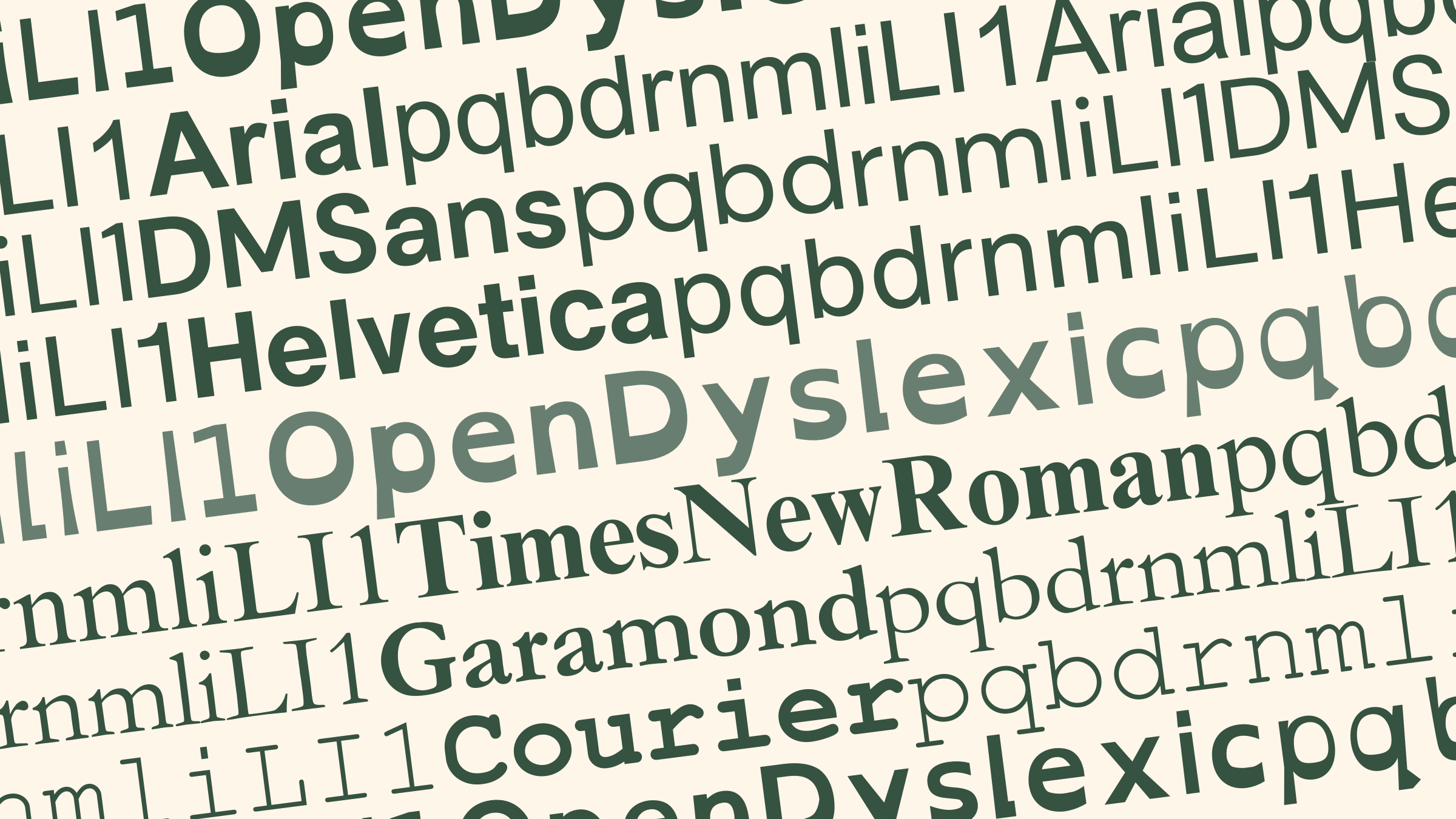We wanted to add to our yearbook ideas by offering some help on yearbook writing. But a series about yearbook writing ideas requires an expert, so when Ryan Novack, english teacher at George Washington High School in San Francisco offered to man the helm, I was thrilled. Ryan is not only an English teacher at George Washington, but he also heads up the weekly yearbook class for his high school students. Without further ado…
Before we begin, I’m going to make this statement: As educators of the youth of America, we all agree that it is important that people know how to read. Probably they should know how to write too, but let’s take this one step at a time.
I am also confident that, as a teacher, you already know how to teach reading. However, in this blog, I will discuss how to teach literacy skills and close reading – or actively reading a text to understand its elements, including style, rhetoric and author’s purpose, to name a few goals – as they pertain to the yearbook class.
While the yearbook class can sometimes seem like a chaotic swirl of deadlines, arranging photo-shoots and page formatting, it is important to remember that the book you are creating is meant to be read by other people. I am guessing that you don’t want to write the yearbook yourself, but would rather allow the students to do it. And, I am sure you don’t want that pesky teacher (you know the one) to find you in the halls and point out all of the textual errors in your yearbook. So, I hope you will take heed of my experience as a yearbook teacher and English teacher and that you will trust me in showing you how the tried and true reading and writing skills that I teach in my English class will adapt well to a yearbook class.
Go Ahead, Give Them What They Want
People should know how to read in English class, people should know how to read in Science, Math, Auto Shop…they should know how to read all day during school…and before and after school.
Being an English teacher, I have come to keenly understand that many students don’t like to read, but if given a text that they enjoy, they are more likely to read the assignments that we have gone through all of the trouble of making copies of. I am not suggesting that we kowtow to the students and only give them reading in the form of a candy-dripped novel where the kids reading it emote all day at their lockers and form teams as to which of the male protagonists’ love they feel is the most worthy of anointing the often abashed female protagonist with. The term “interesting” is not antithetical to the term, “rigorous” just as “entertaining” is not always synonymous with the word “engaging.” But the bottom line is that, if we are going to teach the students how to read, they are more likely to read something that gets under their skin.
Text Tuesday
Every Tuesday in my class is “Text Tuesday,” where we do a close reading of a particular type of text that is relevant to the yearbook. Some Tuesdays we will read only captions from magazines. We may read celebrity profiles, in order to understand how the author profiles somebody so they appear interesting. Other times we will read yearbooks from past years and analyze only the profiles of the students. Many times we will analyze only the layout of a sport’s page in a magazine or in a past yearbook, and discuss how the captions and profiles on that page lend to the tone of the page from a design standpoint.
Some of it is very heady. Depending on the topic of the text or the person being profiled, it can get a little goofy. However, every text we read or every page we analyze, is always read using close, and intentional reading where the reader reads actively. Then the assignment is immediately followed up with a writing task with the intention of allowing the students to turn the skills they just learned from reading, and use it in their own writing in the yearbook.
So, we all agree: reading is important. I know that you will also agree with me that, if a student does not know how to do what you’re asking them to do – in this case, produce a great yearbook – then you, the teacher, will have more work. I am not claiming that your students don’t know how to read, but they may not know what type of writing is best for a yearbook. What Text Tuesday does is it allows me to show the students examples of good writing in the format that I expect them write for their yearbook.
Every Step, Every Time
We always go through the reading process when we read. We do Pre-Reading, Active Reading, Reflection, Small and Large Group Discussion, and then we practice the skills. When adapted to the yearbook class, these skills will help make your yearbook better. That’s a bold statement, but I firmly believe that good writing in a yearbook makes the yearbook richer and allows it to become the time capsule of memories that is meant to become. We cannot expect good writing, unless the students are also good readers. Consider these reading skills an investment in your yearbook.






